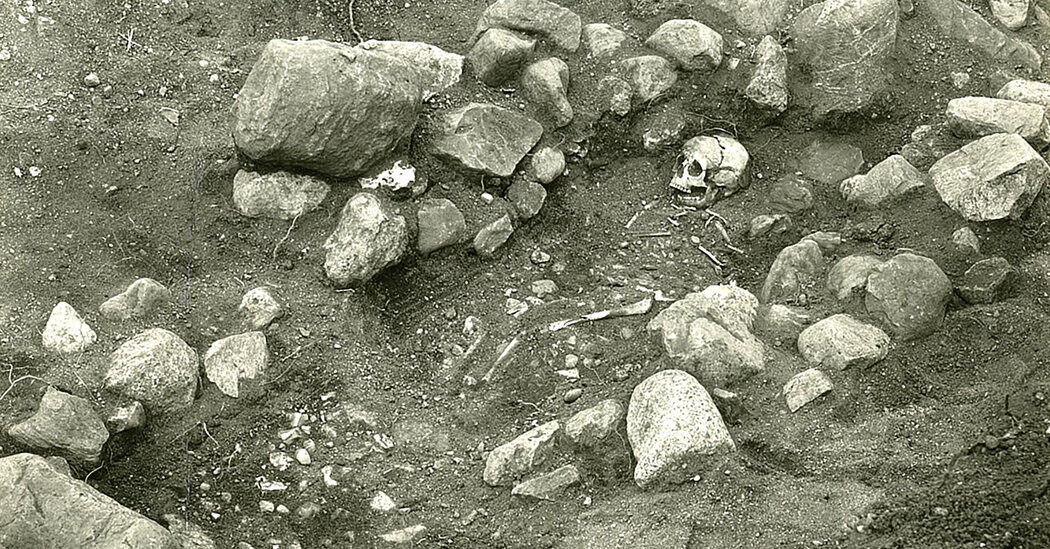New research by geneticists hints at the deadly work of Yersinia pestis 5,000 years ago.
At the end of the Stone Age, some 5,300 years ago, the populations of Scandinavia and northwest Europe plummeted, and farming communities evaporated. “People stopped building megaliths, like Stonehenge,” said Frederik Seersholm, a geneticist at the University of Copenhagen. “Settlements were abandoned. Everyone vanished.”
The so-called Neolithic decline, which lasted several centuries, is believed to have allowed a nomadic herding culture known as the Yamnaya to migrate west, altering the genetic makeup of early Europeans. The cause of this demographic collapse has been an open question, with the suspects including wars and agricultural crises.
A new genomic study published in July in the journal Nature makes the case for another candidate, which had been found in people living at the time but was never thought to have been widespread: the plague.
Until now, it was unclear how virulent the Neolithic plague was within a human population. “There is a hypothesis that the oldest plague bacterium lacked epidemic potential,” said Dr. Seersholm, the lead author of the paper. “That hypothesis no longer holds.”
The researchers propose that a Stone Age pandemic originated in small farming villages and spread to mega-settlements and far-off lands along with traders who traveled by horse-drawn cart. “We can’t prove that this was exactly how it happened, not yet, anyway,” Dr. Seersholm said. “Still, it’s significant that we can show it could have happened.”
‘Bring out your dead’
Plague is caused by the bacterium Yersinia pestis. The bubonic and septicemic forms — mainly infecting the lymph nodes and blood — are typically transmitted through fleas and rats. The more deadly pneumonic form, which affects the lungs, travels on airborne droplets and is contagious in people and animals.
